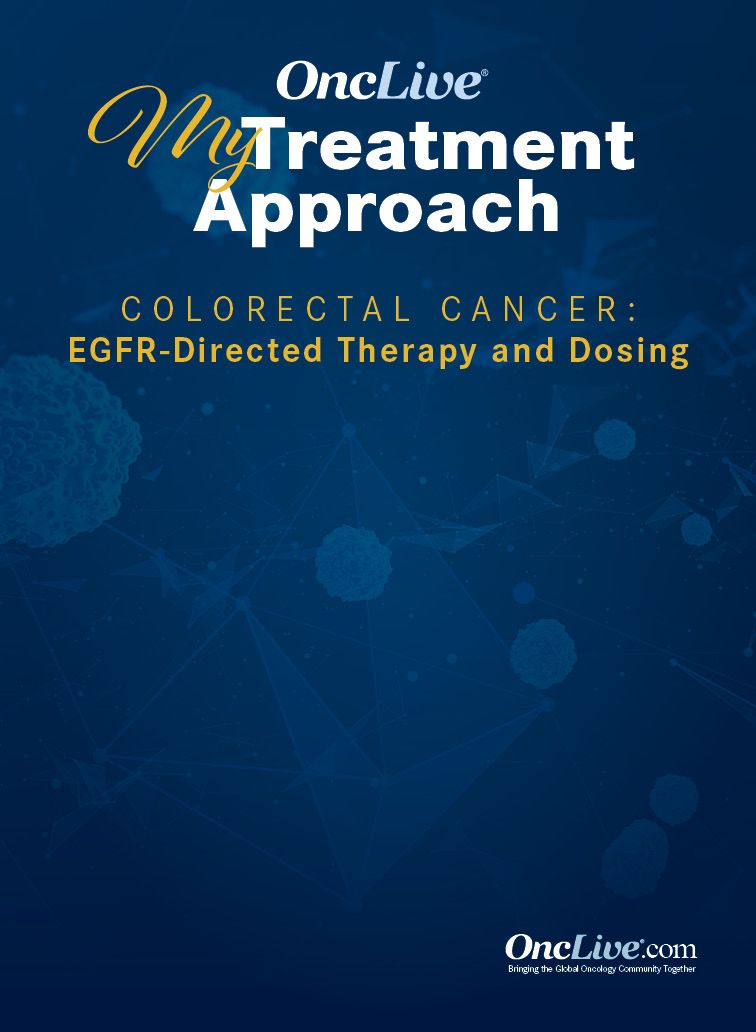Publication
Video
Supplements and Featured Publications
Sequencing Anti-EGFR Therapy in mCRC
The importance of aligning second-line treatment decisions with patient goals in metastatic colorectal cancer, and the benefits of treating patients with biweekly cetuximab, especially during the COVID-19 pandemic.
Zev A. Wainberg, MD: When we’re talking about someone with second-line disease, who hasn’t received an EGFR inhibitor, in the United States we tend to use FOLFIRI [5-fluorouracil, leucovorin, irinotecan]. If I haven’t used an EGFR inhibitor by now, I would use it then in left-sided RAS wild-type tumor patients. As you know, the response rate in a very large series, CALGB 80405, was only 10% or 15%. There’s a huge drop-off from the first-line to second-line therapy response rate in colon cancer. But the same rules apply. In essence, the way I see it is the FDA allows us to use these new dosing schedules in both first or second line with some degree of comfort.
Jaffer Ajani, MD: Also, patient convenience is a big thing. We hardly ever talk about the burden on the patient and caregivers: economic distress and loss of wages.
Zev A. Wainberg, MD: Taking a day off work and coming in for weekly infusions. Especially during COVID-19, which has accelerated a lot of the way we think about it. I agree with you, Jaffer. We’re not just asking someone to come in, we’re asking someone and their partner and their caregiver to come in once a week. It meant that the poor caregiver had to wait in the parking lot or around the corner. Fortunately, COVID-19 is getting much better, but we should keep that in mind. We should think about the inconveniences. I agree with you about that.
Jaffer Ajani, MD: COVID-19 certainly complicates the matter, but this still is a big burden on the family, and it would be easier for them to come every 2 weeks instead of coming weekly.
Transcript Edited for Clarity







%20u.jpg?fit=crop&auto=format)

